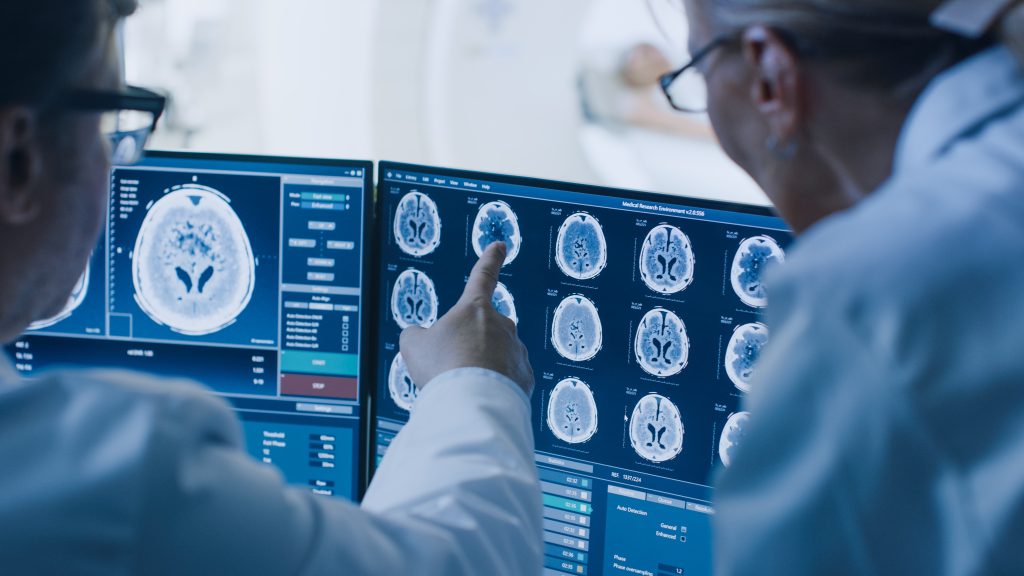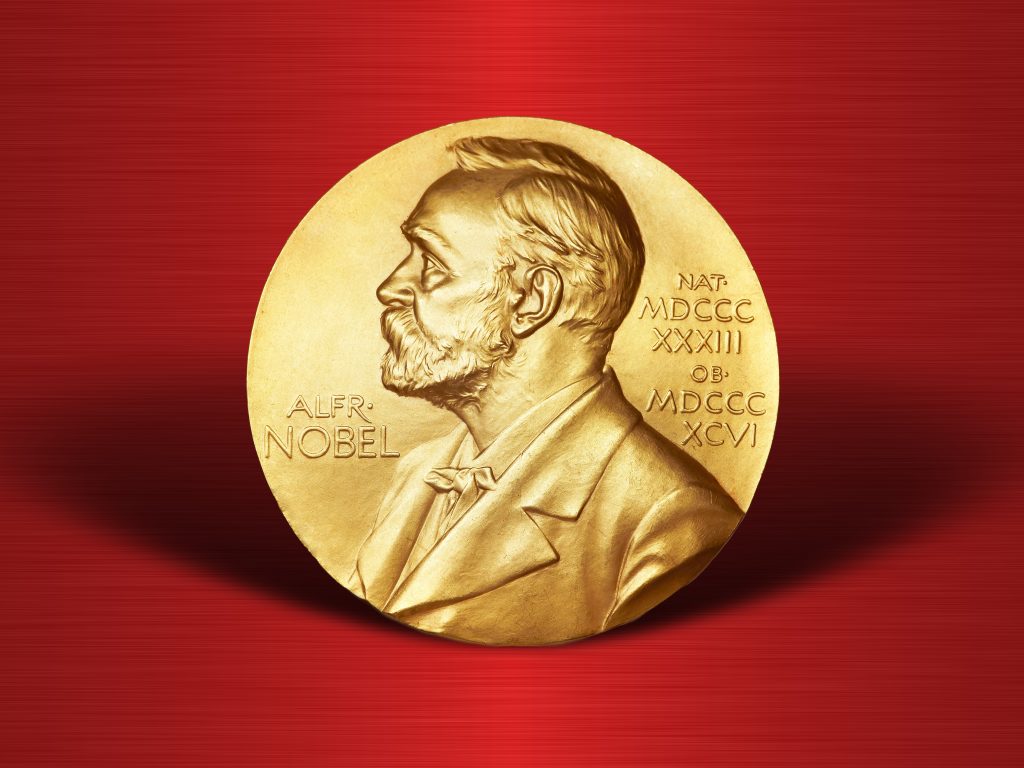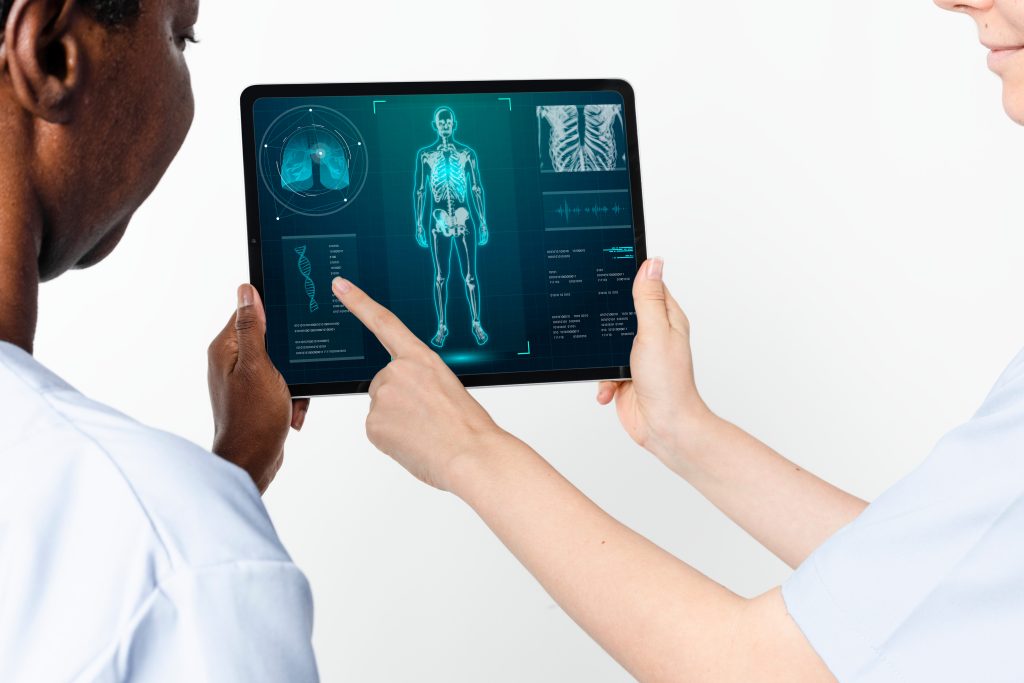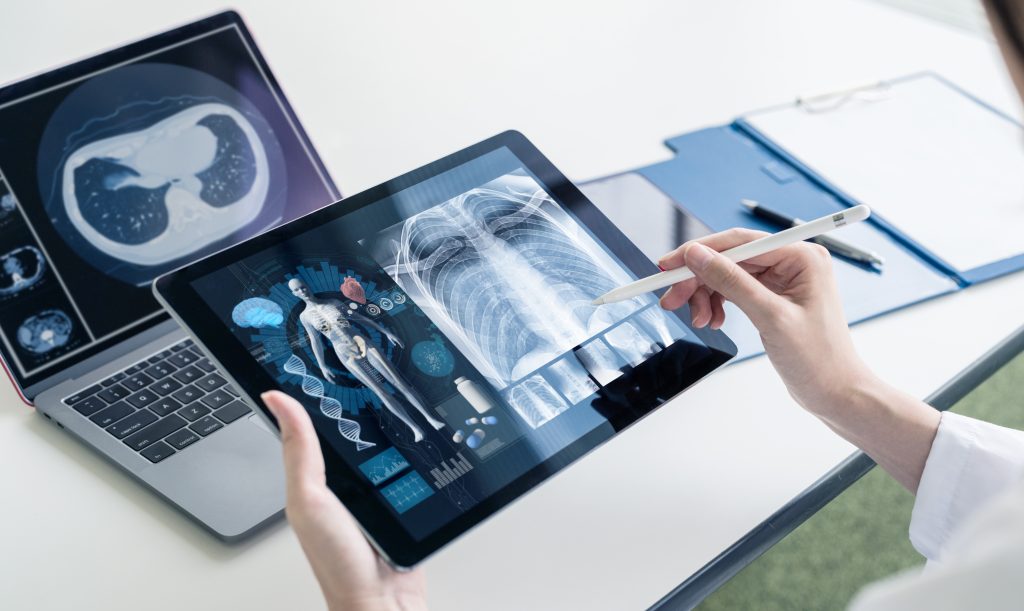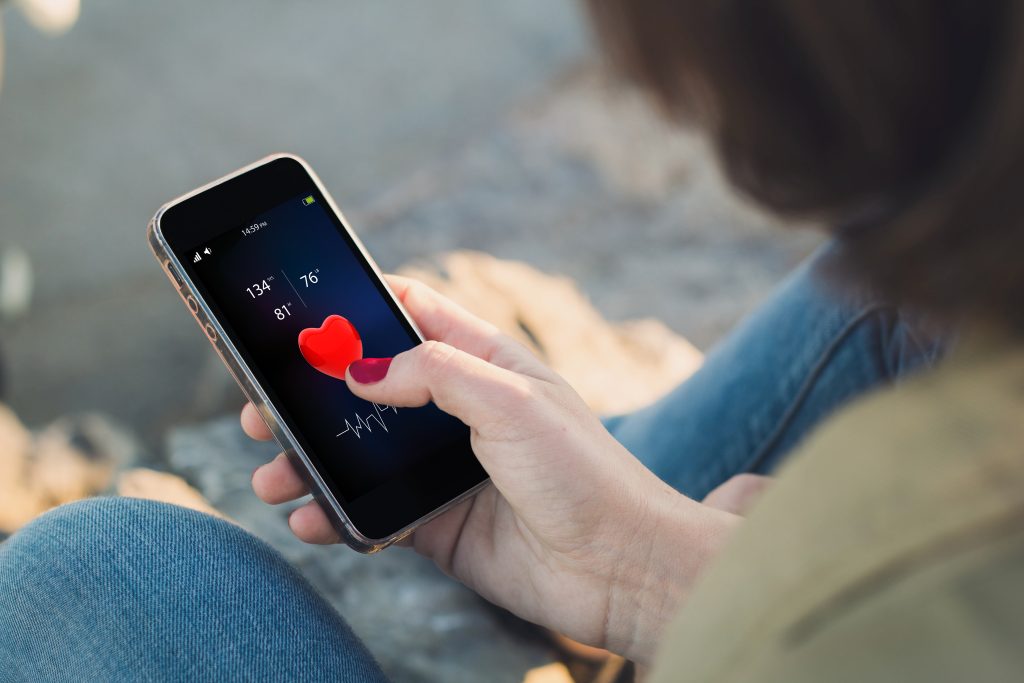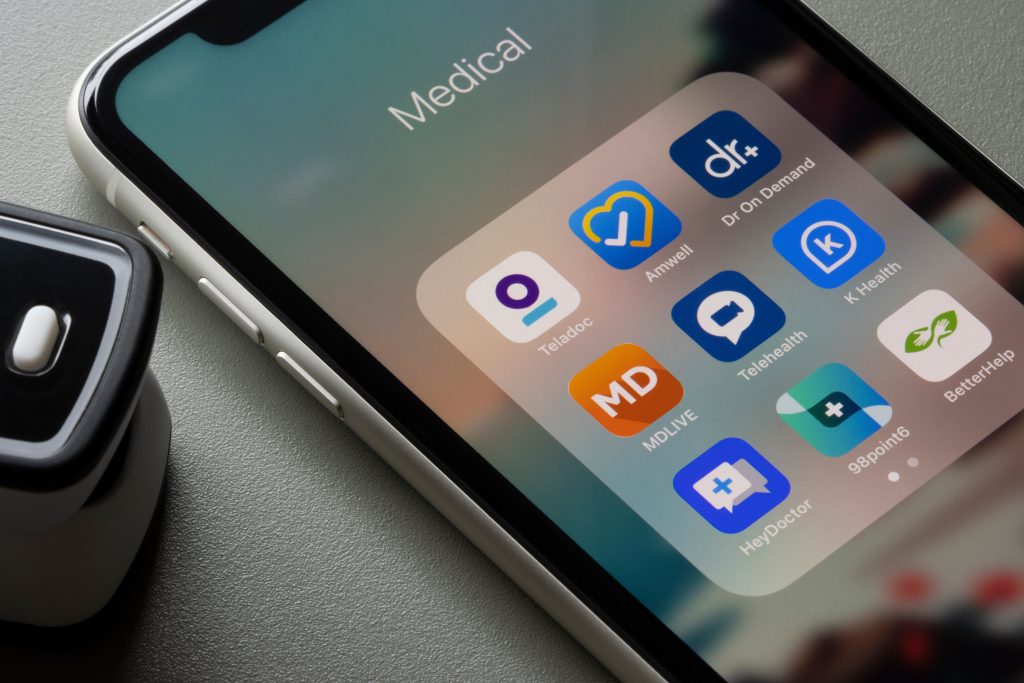
Digital therapeutics is a growing part of the digital health industry. Like all technology-based businesses, digital therapeutics companies should begin thinking early about their IP strategy to secure their place in the market and give confidence to investors. This article provides a primer on the features of the European patent system that are most likely to present challenges to digital therapeutics inventions.
As we will show, inventions in the domain of digital therapeutics fall into an unusual intersection of provisions under European patent law. As they are implemented by software, they will be subject to the European Patent Office’s (EPO) unique treatment of computer programs – but, moreover, as they aim to produce therapeutic effects, they may risk being barred from patent protection by the absolute prohibition on patenting certain methods of “treatment by therapy” that exists in European law.
Basic patentability requirements
For any invention to be patentable, it must satisfy three universal requirements: it must be new, non-obvious, and capable of industrial application. The requirement to be new is satisfied if the invention has not been made available to the public (e.g. by publication in literature or by sale) before the filing of the patent application, and the non-obvious criterion requires that the invention is not an obvious development of anything that was publicly available before the filing of the application. The third requirement, industrial applicability, will not pose problems to most digital therapeutics applications.
Besides being subject to the three fundamental requirements just mentioned, digital therapeutics technologies also fall within the purview of two further, more specific legal provisions of European patent law that are intended to limit the patentability of software and certain kinds of medical methods. These provisions will be outlined below. To understand these provisions, it should be borne in mind that, for the purposes of assessing patentability, “the invention” is defined by one or more “claims” – one-sentence statements that define the combination of technical features that the patent seeks to protect. Claims can be directed to different categories of subject matter including not only physical objects but also methods and computer programs. As many digital therapeutics inventions are implemented as software that guides the user through a series of steps that produce, when performed, the intended therapeutic effect, patent applications in this field will often have a main claim directed to either a method or a computer program.
Patentability of software
European patent law prohibits patents being granted for “computer programs as such”. This provision was motivated by the legislators’ desire to prevent patent protection from becoming available, in the age of computers, for things now implemented in software that otherwise would traditionally not have been seen as patentable “inventions”. For example, a computer program that simply automates an administrative process would likely be found to be unpatentable under this provision. However, a computer program (or other invention with software elements) will be eligible for patent protection if it is seen to produce a “further technical effect” – a phrase that usually refers to the real-world effects achieved by the computer program such as enabling control of, or yielding information about, a technical system. The existence of such a technical effect suffices to overcome the exclusion of “computer programs as such”.
Once the “as such” exclusion has been overcome, the EPO considers whether any of the technical effects of the invention are achieved by virtue of features that are not present in whatever known technology has been cited as the closest prior art. If the distinguishing features do not produce any technical effect, the EPO will regard these features as being obvious and argue that the invention lacks an inventive step. Conversely, if the novel features do produce such a technical effect, the invention can be recognised as meeting the requirement of an inventive step based on these features, even if they are, when viewed in isolation, software features. This approach reflects a legal fiction that runs through EPO practice, which holds that only features that solve a technical problem can involve an inventive step.
Restrictions on patenting therapeutic methods
Turning to the provision on therapeutic methods, the European Patent Convention (EPC) prohibits the patenting of “methods for treatment of the human or animal body by surgery or therapy”. In practice, this provision is implemented by applying the rule that a method cannot be patented if it contains one or more steps that constitute a method step for the treatment of the human or animal body by therapy. A consequence of this approach is that any claim that recites one or more such method steps is not allowable, even if it includes other features that would, in isolation from the therapeutic method step, meet all the requirements for patentability. This is different from the approach to computer programs, where the presence of non-technical features in a claim that also contains features producing a further technical effect is no obstacle to patentability.
This provision may be considered to be relevant to some digital therapeutic technologies because they might be seen as embodying a method of treatment by therapy, such as in the case of a software application that is intended to have a therapeutic effect on the user. As noted above, this prohibition is absolute in the sense that a claim containing one or more therapeutic steps can never be patentable. The EPO determines whether a method step is “therapeutic” based predominantly on whether it produces a therapeutic effect when performed, and usually any method with steps that produce such an effect (and is practised on the human or animal body) will usually be found to fall inside the exclusion.
Can a change of claim category circumvent the therapeutic methods exclusion?
As noted above, the provision restricting the patenting of therapeutic treatments refers to “methods for treatment… by surgery or therapy”. Therefore, on one interpretation, the provision could be read as applying only to method claims and not to other claim categories. In fact, the EPC confirms explicitly that this provision does not apply to products for use in such methods. However, it is silent as to how it applies to other categories of claim, in particular computer programs. This raises the question of whether the exclusion of therapeutic methods can apply to other categories of claim, and if so, can it apply to computer program claims?
The EPO’s position on this question is currently uncertain. As we recently reported, the EPO’s Guidelines for Examination appear to conflict with recent case law on this issue. Whereas the Guidelines state unambiguously that only method claims are covered by the exclusion of therapeutic methods, a recent decision by the Boards of Appeal found a claim directed to a computer program to fall within this provision. It remains to be seen whether the EPO’s future practice will develop in the direction taken by this decision, or if it will continue to adhere to the interpretation reflected in the Guidelines.
An unusual squeeze between exclusions on patenting software and therapeutic treatments
As noted above, patent applications for digital therapeutics technologies are at risk of running into difficulties under European law’s provisions on both software and therapeutic methods: their software elements risk being treated as non-technical computer program features, while the invention as a whole may be interpreted as a therapeutic method of the kind that is barred from patentability. More concerningly, this particular combination of exclusions creates an opportunity for the patent examiner to adopt a “squeeze” position, whereby an argument that one exclusion does not apply appears to concede that the other does. For example, if the examiner were to object that the invention as claimed lacks an inventive step on the grounds that its software features do not appear to produce any further technical effect, the applicant might argue that the software in fact achieves a technical effect because of the therapeutic effects it has on the patient. The examiner would then reply that, if it is the case that the invention as claimed produces a therapeutic effect, it is excluded from patentability as a therapeutic method. We have seen examiners adopt this position in prosecution of real applications.
Once it arises, this “squeeze” position can be difficult to escape. In an application directed to an invention whose central aim is the production of a therapeutic effect, it is natural that the claims will contain all of the features that are needed to produce that effect. This, however, can bring the claim within the therapeutic methods exclusion, and, typically, a patent specification will not contain basis for removing such steps from the main claim (particularly under the EPO’s strict rules on basis for amendments). The hazards outlined above should therefore be considered when drafting the application, since escaping the trap by later amendments can be extremely difficult, if not impossible.
Because the EPC states that the provision on therapeutic methods does not apply to products, the risk of this trap arising can be reduced significantly by claiming the invention in terms of a product – for example by directing the claims to a processor or other device configured to carry out the relevant steps. Such a claim may still be susceptible to objections on the grounds that it does not achieve a technical effect over the relevant prior art, but arguments about the technical effects produced by the invention are unlikely to provoke further objections under the therapeutic methods provision.
If there are aspects of the invention beyond the core set of method steps involved in producing the therapeutic effect, these can be claimed separately and may be considered patentable on their own. For example, any new hardware (or indeed new ways of operating or controlling known hardware) could be claimed without explicit reference to the therapeutic method in which they are employed. Claims of this nature are unlikely to fall under the therapeutic methods exclusion because they do not, in isolation, produce a therapeutic effect of the kind that the exclusion is concerned with. Moreover, there will often be a good case to be made for their technical character under the provisions on computer-implemented inventions, since they relate to the strictly technical developments that enable the therapeutic method to be performed.
Conclusions
As they risk falling under the European patent system’s provisions on both computer programs and medical methods, the task of patenting digital therapeutics inventions raises a unique and challenging combination of issues. Careful drafting of the patent application is essential if potentially inescapable pitfalls are to be avoided.
GJE’s specialist digital health attorneys can help you to prepare an IP strategy that manages these challenges. If you have questions about the issues addressed in this article or would like to discuss your IP strategy, please get in touch with us at gje@gje.com.
